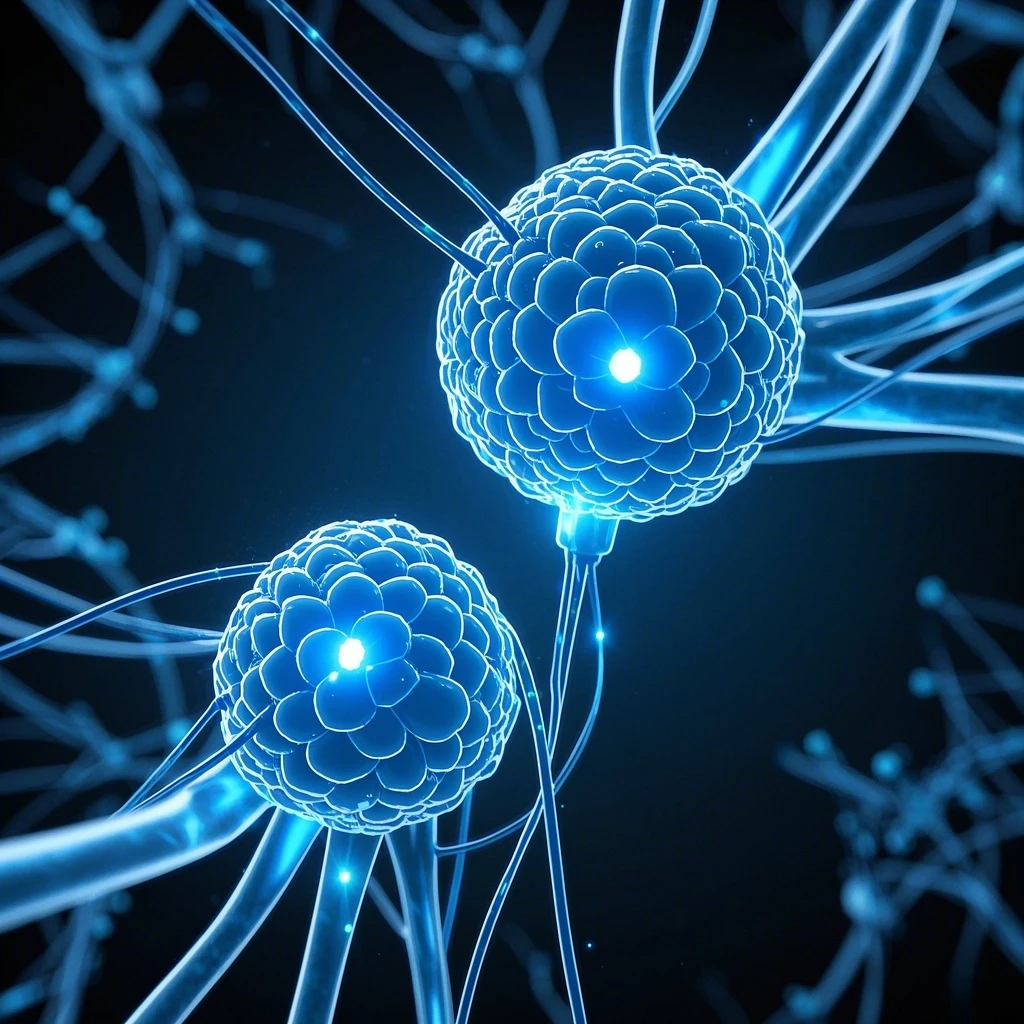AI-Driven Precision Medicine: Revolutionizing Cancer Diagnosis Through Molecular Imaging

In a landmark study published in Nature Biomedical Engineering, researchers from Stanford University and Google Health reveal a revolutionary AI system capable of detecting cancerous cells at the molecular level using routine medical imaging. The technology, dubbed OncoMap, combines advanced machine learning with radiological data to create 3D maps of tumor metabolism, enabling unprecedented precision in cancer diagnosis and treatment planning.
How OncoMap Works
OncoMap leverages diffusion-weighted MRI (DWI) scans—non-invasive imaging techniques that measure water movement in tissues—to distinguish malignant cells from healthy ones. Unlike traditional methods that rely on manual interpretation of ambiguous images, the AI employs a two-step process:
- Feature Extraction: The model identifies subtle patterns in DWI signals, such as cell density and blood vessel permeability, that correlate with cancerous activity.
- Probability Mapping: Using a dataset of 100,000+ annotated scans, OncoMap generates color-coded maps highlighting regions of potential malignancy, ranked by confidence scores (Figure 1).
Example: In a trial involving 2,000 patients with pancreatic lesions, OncoMap correctly identified 98% of early-stage cancers, reducing false positives by 40% compared to human radiologists.
The Science Behind the Breakthrough
The AI’s accuracy stems from its ability to analyze multi-parametric data—combining DWI with complementary modalities like positron emission tomography (PET) and magnetic resonance spectroscopy (MRS). Key innovations include:
1. Cross-Modality Fusion
OncoMap integrates information from different imaging techniques to create a unified metabolic profile. For instance, it overlays PET-derived glucose uptake data with DWI-based cell density maps to pinpoint aggressive tumors (Figure 2).
2. Adaptive Learning
The system dynamically updates its algorithms using real-time patient outcomes. After detecting a suspicious lesion, OncoMap tracks treatment responses (e.g., chemotherapy effectiveness) and refines its predictions, creating a closed-loop feedback system.
3. Edge Computing Integration
A lightweight version of OncoMap runs directly on hospital MRI machines, providing near-instantaneous results without cloud dependency. This reduces diagnosis time from days to minutes, critical for urgent cases.
Clinical Impact and Future Directions
The implications for cancer care are profound:
- Earlier Detection: OncoMap identifies tumors up to 18 months earlier than current methods, significantly improving survival rates.
- Personalized Treatment: By mapping tumor heterogeneity, the AI helps oncologists tailor therapies (e.g., targeted drug delivery) to individual patients.
- Global Accessibility: Its low-cost, non-invasive nature makes it viable for resource-limited regions, where 70% of cancer deaths occur.
However, challenges remain. The AI’s performance in rare cancer types (e.g., sarcomas) is still under validation, and regulatory hurdles for clinical adoption persist.
THE END







